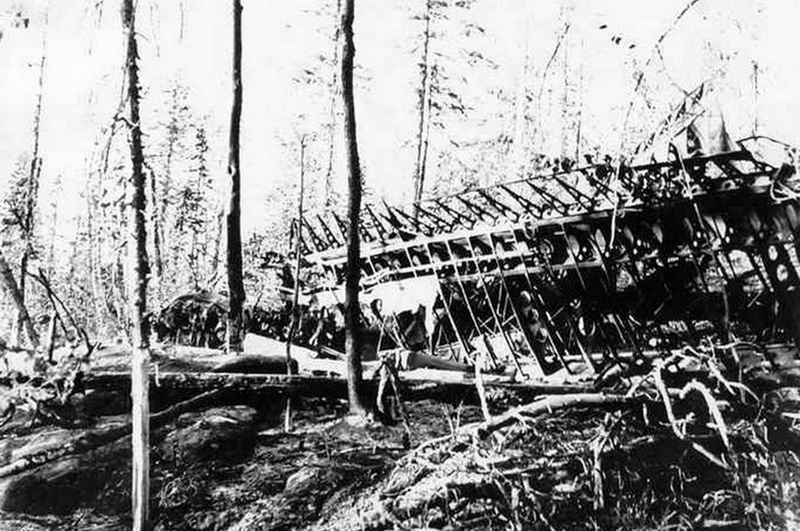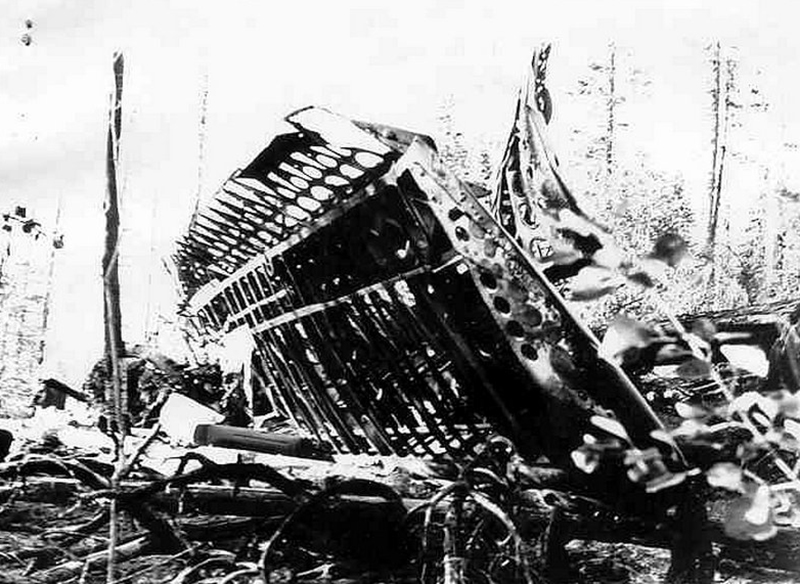Crash of an Ilyushin II-18B in Tarasovichi: 34 killed
Date & Time:
Aug 17, 1960 at 1558 LT
Registration:
CCCP-75705
Survivors:
No
Schedule:
Cairo – Moscow
MSN:
189 0017 02
YOM:
29
Flight number:
SU036
Crew on board:
7
Crew fatalities:
Pax on board:
27
Pax fatalities:
Other fatalities:
Total fatalities:
34
Aircraft flight hours:
407
Aircraft flight cycles:
117
Circumstances:
While flying over the region of Kiev, the crew contacted ATC about a fire on engine number 4 and requested the permission to divert to Borispol Airport. Due to the position of the aircraft, ATC vectored the crew to Zhulyani Airport. Shortly later, while on descent, the engine number four detached and the fire spread to the right wing. Out of control, the airplane entered a dive and crashed in flames in a near vertical attitude in a wooded area located in Tarasovichi, about 41 km north of Zhulyani Airport. The airplane disintegrated on impact and all 34 occupants were killed, among them 4 Yemen, 5 Algerians, one Ugandan and one Afghan. The five Algerians were Mustapha Ferroukhi, ambassador of FLN in Peking travelling with his wife and three children. The Ugandan citizen was John Muhima Kalekezi, president of the Uganda National Congress who was travelling to Moscow for a meeting with Nikita Khrushchev.
Probable cause:
A leak on a fuel injector caused the fuel to flow in the engine nacelle and to ignite while in contact with high temperature equipment. The fire spread to the combustion chamber, causing the engine to catch fire, to fail and eventually to detach.




